As winter storms continue to batter homes across the region, ensuring your metal roof is properly maintained and prepared for heavy rain and snow is crucial.
Nothing is more frustrating than spending a morning shoveling foot after foot of snow from your driveway and sidewalk only to come inside and find leaks that have caused damage to your ceilings and walls. With some primary care and inspection, you can give your metal roof the TLC it needs to protect your home for many years to come.
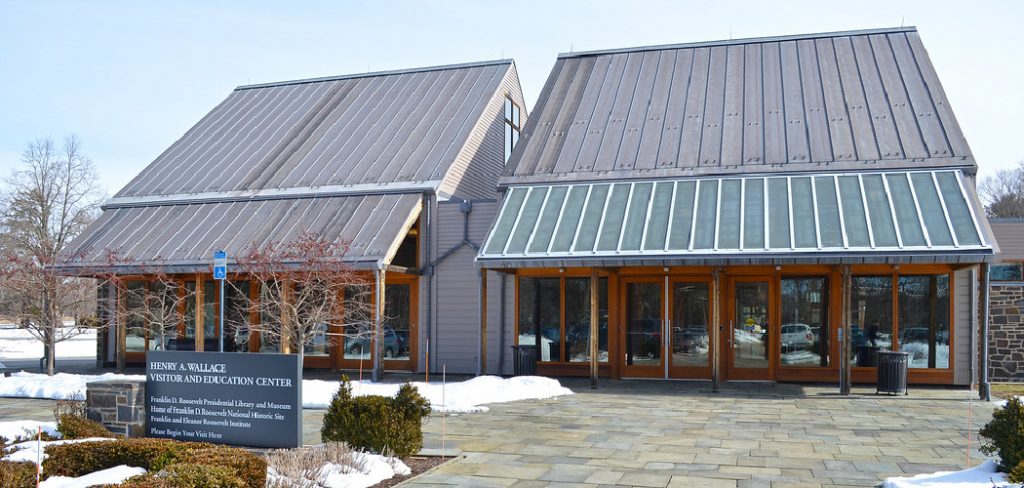
In this post on how to maintain a metal roof, I’ll walk through the essential steps every metal roof owner should take before winter arrives to head off any potential leaks or other issues. From clearing debris to checking flashing and seals, these metal roof maintenance tips will help keep you, your home, and your wallet high and dry during the upcoming colder months.
What Will You Need?
Before starting any metal roof maintenance, ensure you have the right tools for the job. Here’s a list of what you’ll need:
- Ladder
- Sturdy shoes with good traction
- Safety harness (if needed)
- Gloves
- Dust mask
- Cleaning solution (mild soap and water or specially formulated cleaner)
- Soft-bristle brush or broom
- Garden hose with spray nozzle
- Caulking gun and sealant (if needed)
Once you have all your tools ready, it’s time to maintain your metal roof!
10 Easy Steps on How to Maintain a Metal Roof
Step 1. Regular Inspections
The first step in maintaining a metal roof is to conduct regular inspections. This should be done at least twice yearly, ideally in the spring and fall. Look for any signs of damage or wear and tear, such as rust, loose screws or panels, and holes or dents. If you notice any issues, it’s essential to address them promptly to prevent further damage.
Step 2. Clean and Clear Debris
Metal roofs are prone to collecting debris such as leaves, branches, and dirt. It’s essential to regularly clean and clear this debris from your roof as it can cause damage over time. Use a broom or leaf blower to remove larger debris, and then use a hose or pressure washer to wash away smaller particles.
Step 3. Address Rust Immediately
Rust is one of the biggest enemies of a metal roof. If left untreated, it can cause significant damage and even lead to leaks. When you notice any rust on your top, it’s essential to address it immediately. Use a wire brush or sandpaper to remove the rust, and apply a rust-inhibiting primer before painting over the affected area with metal paint.
Step 4. Trim Trees Near the Roof
Overhanging tree branches can cause damage to your metal roof if they rub against it during strong winds or storms. To prevent this, regularly trim any trees near your top so that they do not come into contact with it. Be careful not to damage the roof while trimming branches.
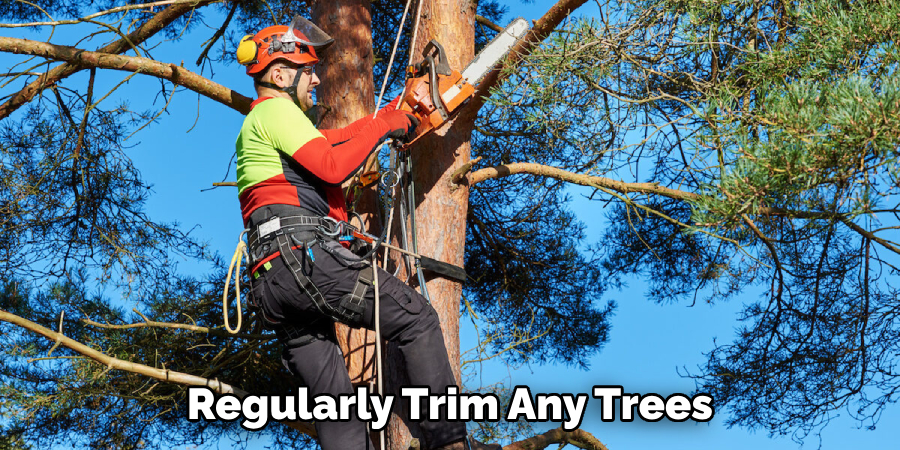
Step 5. Check for Proper Drainage
Proper drainage is essential for maintaining a metal roof. Ensure that gutters are clear of debris and properly attached so water can flow freely off the top. Additionally, check for any areas where water may be pooling on the roof and address them by adding additional drainage or adjusting the slope of the roof if necessary.
Step 6. Schedule Professional Maintenance
While there are many steps you can take yourself to maintain your metal roof, it’s also important to schedule professional maintenance. A roofing professional can conduct a thorough inspection and address any issues that may not be visible to the untrained eye. They can also provide recommendations for ongoing maintenance and repairs to keep your metal roof in top condition.
Step 7. Ensure Proper Sealant and Coating
One of the key steps to extending the life of a metal roof is ensuring that it has a proper sealant and coating. These can help protect your roof from harmful UV rays, rust, and corrosion. Inspect the sealant around any screws, seams, and flashings, and reapply if necessary. Similarly, the roof should be painted or coated with a product designed for metal roofs, which can help reflect heat and prevent rust. Regularly check the condition of the paint or coating and reapply as needed.
Step 8. Inspect and Repair Flashing
Flashing is used on a metal roof to direct water away from areas prone to leaks, like the chimney, vents, or the area where the ceiling meets the walls. If flashing is damaged, it can lead to leaks that can cause severe damage to your home.
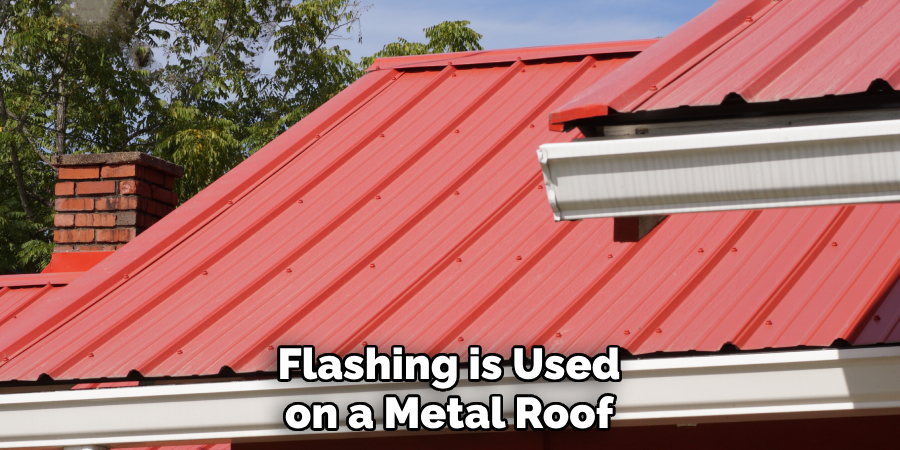
Therefore, it’s crucial to inspect the flashing regularly and repair or replace it if necessary. For this, you might need to remove some screws or pry it up with a putty knife. After ensuring it’s fixed, apply a generous amount of roof sealant for added protection.
Step 9. Secure Loose Screws
Loose screws on your metal roof can lead to leaks or even larger structural issues. Regularly check the condition of the screws on your roof, particularly around seams and ridges, and tighten any that seem loose. If a screw hole has become enlarged or damaged, replace the screw with a larger one to ensure a secure fit, and seal the area with a roof sealant to prevent water from getting in. This simple step can help maintain the integrity and longevity of your metal roof.
Step 10. Replace Damaged Panels
Over time, some of your metal roofing panels might get damaged due to harsh weather conditions or falling debris. Regularly inspect your roof for any signs of damage, such as dents or holes. If you find a damaged panel, it’s crucial to replace it immediately to prevent leaks and further damage. Depending on the type of metal roof you have, you may be able to replace just the damaged panel without replacing the whole roof. Always remember to use a roof sealant around the edges of the new board to ensure a watertight seal. This step is crucial in maintaining the overall health and integrity of your metal roof.
By following these ten easy steps, you can ensure that your metal roof stays in good condition and provides lasting protection for your home. Remember to conduct regular inspections, address any issues promptly, and schedule professional maintenance when needed.
5 Additional Tips and Tricks
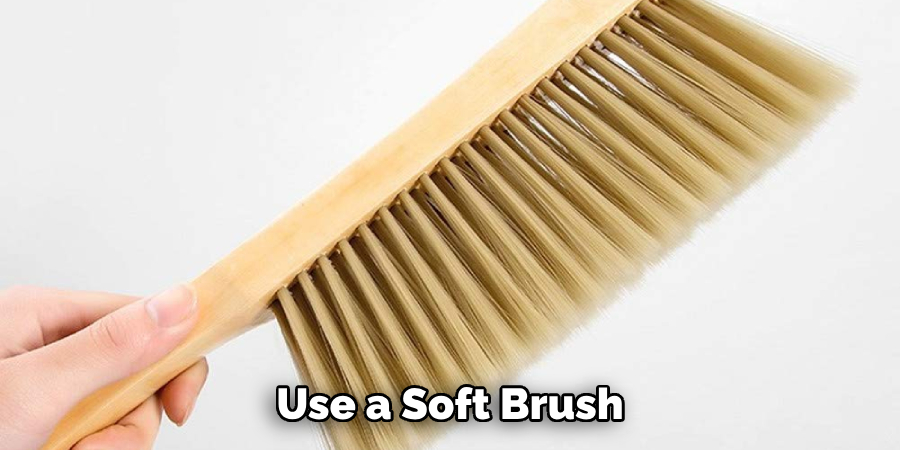
- Regular Cleaning: To maintain a metal roof, it is essential to clean it at least twice a year. Use a soft brush or a pressure washer with a low setting to remove any dirt, leaves, or other debris that might have accumulated.
- Rust Prevention and Treatment: Inspect your roof regularly for signs of rust. If you detect any, use a wire brush to remove it and then apply a high-quality rust-inhibiting primer followed by a coat of paint.
- Seal Leaks Promptly: If you notice any leaks, seal them immediately. Use a roof sealant designed for metal roofs for the best results.
- Trim Overhanging Branches: Keep any overhanging branches trimmed to prevent them from scratching or damaging your metal roof. This also helps to reduce the amount of debris that falls on your roof.
- Hire a Professional for Major Repairs: Hire a roofing professional for significant issues beyond your expertise. They have the necessary tools and knowledge to ensure that the job is done correctly and safely.
With these additional tips and tricks, you can ensure that your metal roof remains in excellent condition for many years.
5 Things You Should Avoid
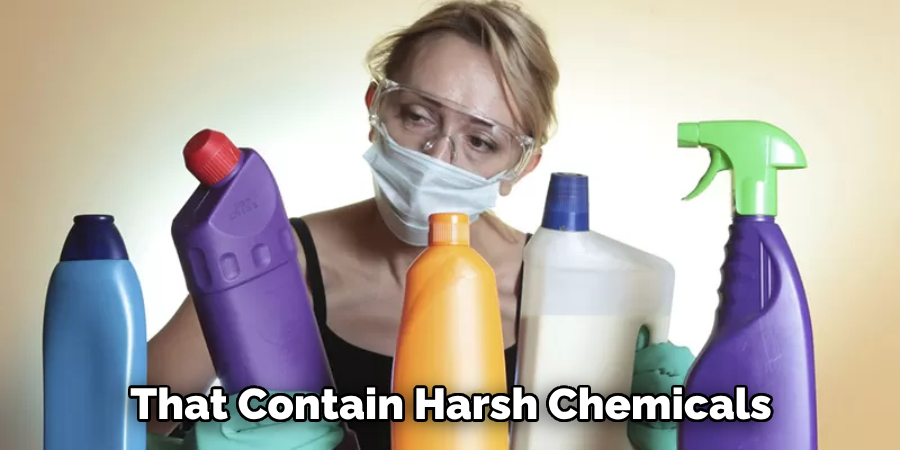
- Avoid Harsh Chemicals: Stay away from cleaning solutions that contain harsh chemicals. They can cause discoloration and damage the protective coating of your metal roof.
- Don’t Ignore Minor Issues: Small leaks or a bit of rust can become a significant problem if left untreated. Ensure that any minor issues are inspected and addressed promptly and regularly.
- Avoid Walking on the Roof: Walking on your metal roof can lead to dents and other forms of damage. Wear soft, rubber-soled shoes and step lightly if you must go up there.
- Don’t Neglect Gutters and Downspouts: Ensure you clean the gutters and downspouts regularly. Blocked drains can water pool on your roof, causing rust and leaks.
- Avoid DIY for Major Repairs: While it might be tempting to handle major roof issues yourself, it’s best to hire professionals. Doing it yourself can lead to further damage and higher costs in the long run.
By avoiding these common mistakes, you can help extend the lifespan of your metal roof and keep it in good condition.
Conclusion
In conclusion, how to maintain a metal roof may seem like an intimidating task at first, but with proper knowledge and care, it can be a rewarding investment that will last for years to come. Remember to regularly inspect and clean your roof, address any issues immediately, and utilize protective coatings when necessary. By following these steps, you can ensure the longevity and durability of your metal roof. Remember to consider using green cleaning methods to reduce your environmental impact.
We all play a role in creating a sustainable future for our planet. So whether you are a homeowner or business owner, take pride in your metal roof and follow these tips for optimal performance. With dedication and diligence, you’ll have a roof that looks great and stands the test of time.
Thank you for reading, and I hope this post has helped teach you how to maintain your metal roof properly.
Edmund Sumlin is a skilled author for Metal Fixes, bringing 6 years of expertise in crafting a wide range of metal fixtures. With a strong background in metalwork, Edmund’s knowledge spans various types of fixtures, from decorative pieces to functional hardware, blending precision with creativity. His passion for metalworking and design has made him a trusted resource in the industry.
Professional Focus:
- Expert in Metal Fixtures : Edmund aesthetic specializes in creating durable and innovative metal fixtures, offering both appeal and functionality. His work reflects a deep understanding of metalworking techniques and materials.
- Sustainability Advocate : He is dedicated to using sustainable practices, ensuring that every fixture is crafted with eco-friendly methods while maintaining high-quality standards.
In his writing for Metal Fixes, Edmund provides valuable insights into the latest trends, techniques, and practical advice for those passionate about metal fixtures, whether they are professionals or DIY enthusiasts. His focus on combining artistry with engineering helps others discover the true potential of metal in design.


